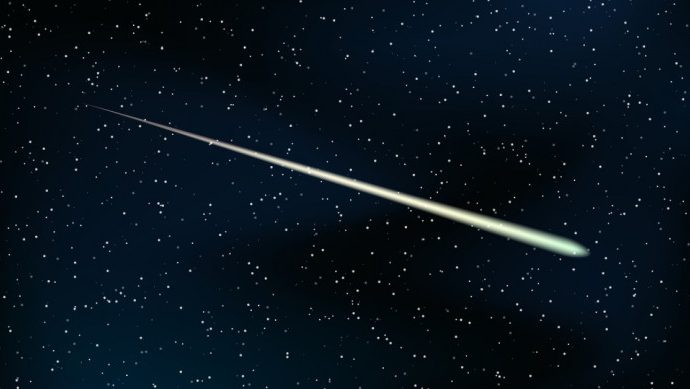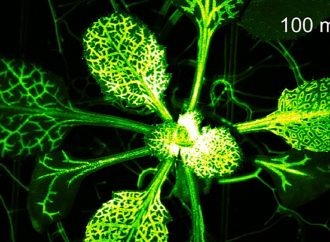The team of astronomers traced the journey of phosphorus, a key element in DNA, from star-forming regions to comets.
Source: Interesting Engineering
A key ingredient necessary to form DNA and one that’s extremely rare in the Universe may have begun in deep space, new research from the European Southern Observatory revealed.
Using ALMA and the European Space Agency’s probe Rosetta, the team of astronomers traced the journey of phosphorus from star-forming regions to comets. With the ALMA, the astronomers were able to pinpoint when phosphorus molecules such as phosphorus monoxide formed.
Phosphorous forms when stars are created
The observations showed that the molecules with phosphorous are created as huge stars are formed. Gas flowing from these young massive stars create cavities in interstellar clouds. Phosphorus molecules form on the walls of the cavity. The astronomers also discovered that phosphorus monoxide is the most abundant phosphorous bearing molecule in the cavity walls.
After that, the team of astronomers followed the trail of the phosphorus bearing compounds after a star forms and the cavity walls collapse. They found the molecule in a comet that circles Jupiter which suggests comets may have brought the key element of DNA to Earth.
Did comets deliver our necessary elements?
“Phosphorus is essential for life as we know it,” said Kathrin Altwegg, an author of the study in a press release announcing the results of the study. “As comets most probably delivered large amounts of organic compounds to the Earth, the phosphorus monoxide found in comet 67P may strengthen the link between comets and life on Earth.”
The astronomers’ work was published in the journal Monthly Notices of the Royal Astronomical Society.
While phosphorus isn’t common in the Universe it is important for life. It holds together all the nucleotides that form DNA. “Life appeared on Earth about 4 billion years ago, but we still do not know the processes that made it possible,” says Víctor Rivilla, the lead author. “The combination of the ALMA and ROSINA data has revealed a sort of chemical thread during the whole process of star formation, in which phosphorus monoxide plays the dominant role.”
Source: Interesting Engineering

































Leave a Comment
You must be logged in to post a comment.